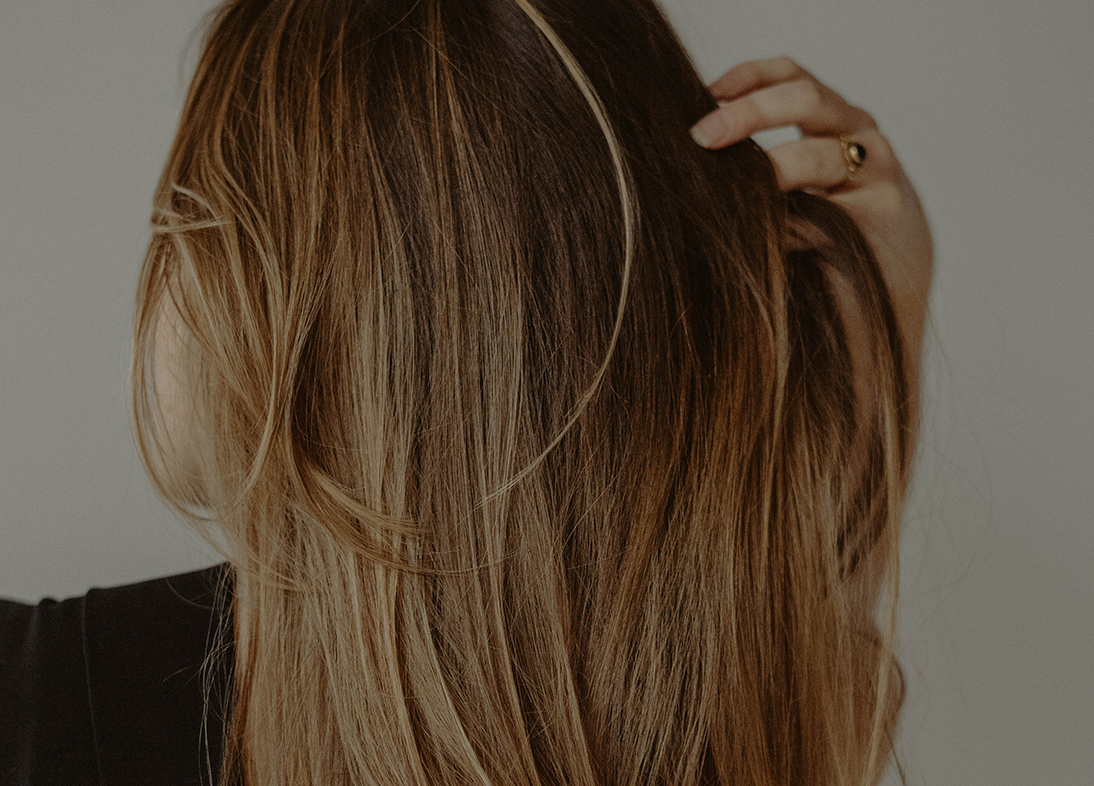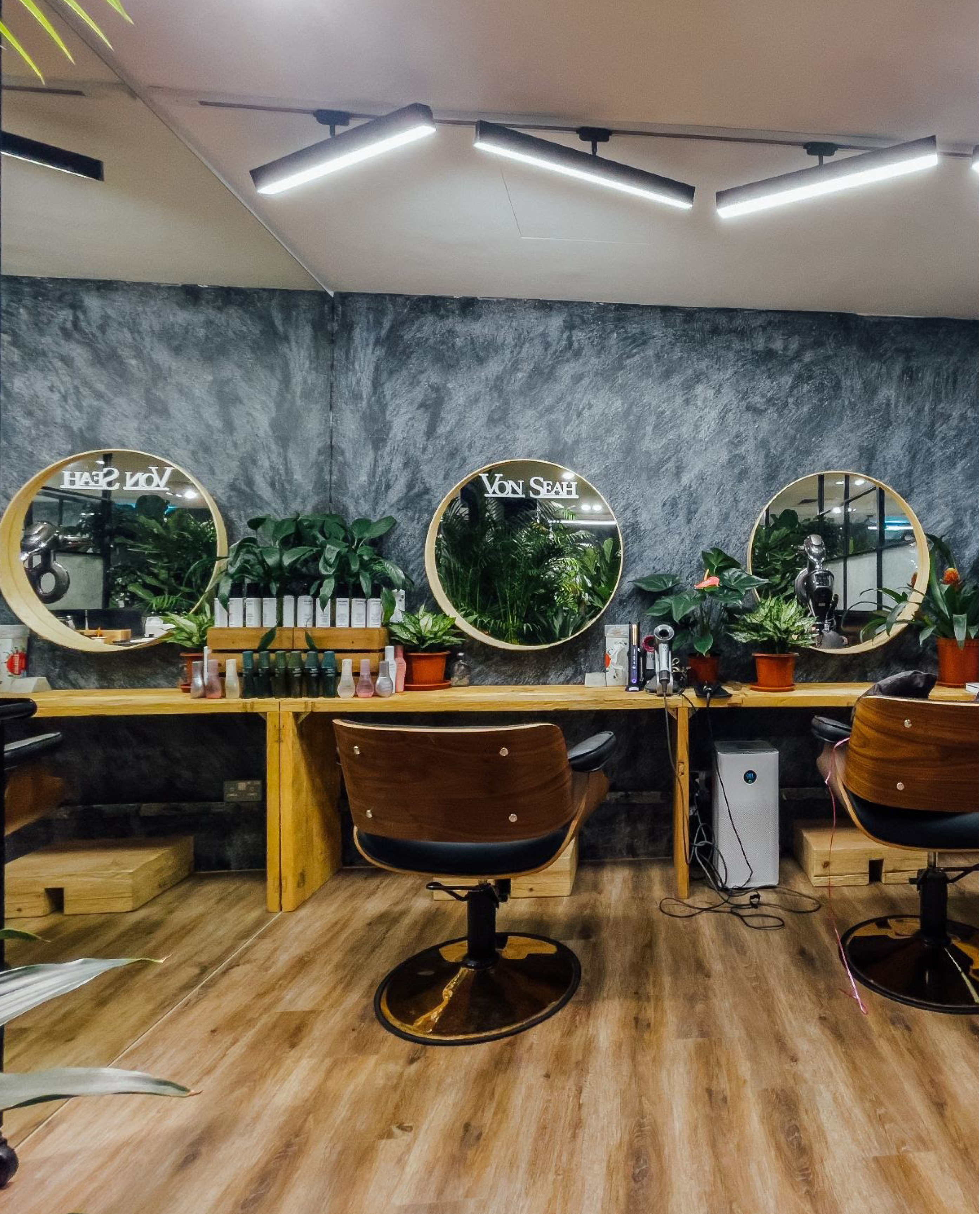Distinguishing between hair breakage and hair fall
A break-up worth patching up? Hell yes.
- 29.10.2021
- By BERNICE YONG
RECOMMENDED
We all hate looking at it, but maybe it’s time we all took a closer look at what’s in between our fingers post-shower. You see, your perceived balding may actually be another, albeit equally troubling problem: hair breakage. Years ago, the only thing we had to worry about was breaking the expensive vases our mothers had lying around the house. Now, it’s all about scrutinising your shed pile to see if the strands are of equal length. My, how the mighty have fallen. Contrary to popular belief, hair breakage is not hair fall — and so, balding may not actually be your biggest mane insecurity. So, how should you be dealing with breakage, and how can you tell the difference between the two? The lowdown, below.
What are some signs of breakage?
We lose about 50-100 strands of hair a day. That’s normal. Signs of breakage, however, is distinct, where you notice that the shed hair is shorter, and the strands are a little drier than normal. They can also appear anywhere on the strand of hair, not just at the ends. A telltale sign of breakage is when your mane starts having a dry, straw-like appearance. You may also start seeing small white dots in different areas of your hair — an indication that your hair is either fractured or really damaged by chemicals.
What’s causing all this breakage?
First and foremost, look at your hair type. Some hair — especially those that are curly, coily, or coarser — are more likely to experience breakage. This is likely due to the strands being deprived of its natural oils. You see, it’s actually quite logical – our natural oils are mostly produced on our scalps, so it’s easier for them to flow down when it is in a straight, smooth path like those with pencil straight hair. But for curly hair girls, the natural oils face a lot more obstacles on its way down, thanks to all the curls and coils they have to get through.
Other factors like age can make hair more brittle as well. Lifestyle habits such as work, sleep, and diet can also contribute to breakage, too. For example, getting sufficient nutrients such as zinc, iron, and folic acid will help your hair grow and stave off breakage. Using strong chemicals like bleach which affect the composition of your hair bonds, may cause it to grow weak and break easily. Heat tools are another leading cause of breakage, as it dries out your hair of its natural oils with prolonged use.
What can I do to prevent it?
Load up on moisture! Most of the time, breakage is probably due to hair being deprived of natural oils and proteins. Apart from using hair masks, drink more water and eat more protein-rich foods like eggs and spinach. You may also benefit from having a trim once every 4-6 weeks, as this prevents your hair from getting too heavy, and also leaves your hair looking nourished and healthy again once all the dried ends are snipped. Lastly, avoid aggressive hair treatments — not just chemical ones like bleach or perms, but also in your day-to-day life. Brush and shampoo your hair gently but thoroughly, and avoid using heat or having your hair up in tight styles. Failing that, invest in strengthening shampoos, creams, and serums. We’re fans of the Goldwell Bond Pro range, which is designed to strengthen hair fibers up to 100%. Talk about some pleasant odds.
ADVERTISEMENT. CONTINUE READING BELOW


